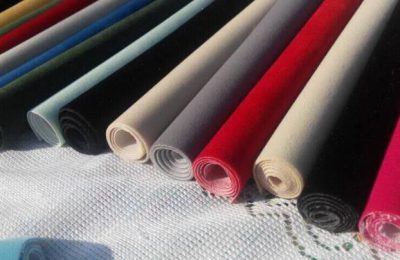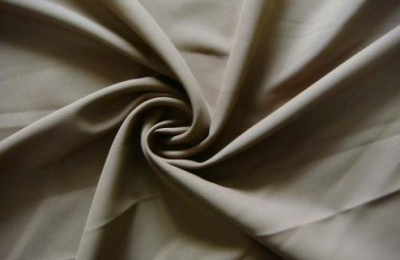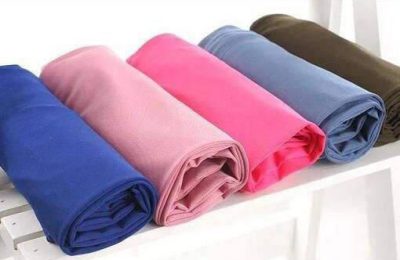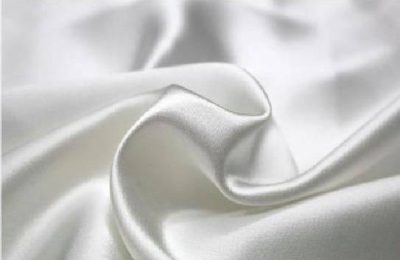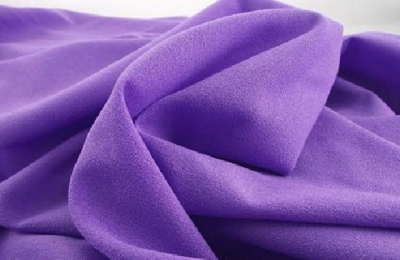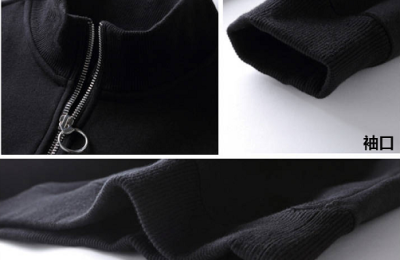Polytetrafluoroethylene waterproof and breathable membrane, also known as ptfe waterproof and breathable membrane, is generally called “non-stick coating” or “easy-to-clean material”; it is a synthetic product that uses fluorine to replace all hydrogen atoms in polyethylene. Polymer Materials.
To put it simply, the working principle of PTFE waterproof and breathable membrane is: in the state of water vapor, water particles are very small, and these water particles can penetrate along the capillary tube to the other side, causing vapor permeability.
If water vapor condenses and turns into water droplets, the particles will become larger. In addition, the surface tension of the water droplets will act, and the water molecules will not be able to smoothly leave the water droplets, penetrate and reach the other side. In other words, this process This can prevent water penetration, allowing the waterproof and breathable membrane to truly have a waterproof function.
PTFE breathable membrane can easily stretch out fibrils and nodes at a lower temperature (35°C), but when the strain reaches 25%, the base tape breaks and the tensile stress decreases rapidly; the stretching temperature is At 90°C, the base tape will break when the strain reaches 100%; while when the tensile temperature is above 140°C, even when the strain reaches 300%, the base tape will not break.
In actual processing of ptfe waterproof and breathable membrane, the lateral expansion is usually around 170℃.
PTFE waterproof and breathable membrane is made by special processes such as mixing, extrusion, extrusion, calendering, and biaxial stretching.
Due to the characteristics of ptfe fibrillation, when performing unidirectional stretching (i.e. longitudinal stretching), the ptfe polycrystalline aggregates begin to extend and form some fibrils. The fibrils are parallel to the stretching direction. At the same time, the fibrils The length increases.
The cross-section of ptfe fibrils is wide and thin, its maximum width is about 100nm, and the smallest fibril is ?0.5??1.0nm.
</p



